Bone-on-a-Chip Pack
Easily mimic the complex bone physiology and extracellular environment
Control complex microenvironments
More relevance and controllability than traditional models
Up to 3-week long cell cultures
Continuous and controlled supply of nutrients in a stable flow
Fail-safe mechanism
Stop losing your cell experiment due to clogging
Plug-and-play platform
Beginner friendly pack with detailed user guide

Need a microfluidic SME partner for your Horizon Europe project?
Figure 1. SEM bone, rotten trabeculae (osteoporosis). Credit: David Gregory & Debbie Marshall. Attribution 4.0 International (CC BY 4.0).
Bone-on-a-chip advantages over traditional models

Mimic in vivo complex microenvironment
The bone is one of the most complex organs in the body. It operates in a fine balance between osteocytes and osteoclasts, with the former synthesizing new bone and the latter resorbing it [1]. Therefore, cell-to-cell interaction, either through ligand-receptor binding or ionic gradients, is a major component of bone physiology.
However, reproducing it in traditional cell culture models is challenging because of the large volumes and dimensions of the systems, besides being poorly controlled. Culturing bone cells on a chip address precisely these limitations.

Bone. Credit: Kevin Mackenzie, University of Aberdeen. Attribution 4.0 International (CC BY 4.0).
Modulate the extracellular matrix
Bone cells are organized around osteons, cylindrical structures parallel to the longitudinal axis of the bone, housing blood vessels and innervations [1].
They are hard to reproduce in traditional cell cultures but are easily integrated into microfluidic chips, such as the Pillar Chips (Fluidic 261) of ChipShop, increasing the morphological relevance of the model.
References
1. Mansoorifar, A., Gordon, R., Bergan, R. C., Bertassoni, L. E., Bone-on-a-Chip: Microfluidic Technologies and Microphysiologic Models of Bone Tissue. Adv. Funct. Mater. 2021, 31, 2006796. https://doi.org/10.1002/adfm.202006796
Bone-on-a-chip setup
We have assembled all the components to perform a successful bone cell culture on a chip. The setup displayed below has two main functions: 1) the continuous and stable perfusion and recirculation of media for a highly controlled microenvironment; 2) the fail-safe mechanism to ensure the preservation of the experiment in case of clogging. Also, the bone-on-a-chip Pack can be adjusted according to your application.


The bone-on-a-chip pack contains:
Flow sensor (Galileo, MIC)
Level sensors
Software (Galileo user interface)
Flow controller
Valves
Fittings, tubings & luers
Reservoirs
Microfluidic chip for bone cell culture (suggestion: ChipShop’s Fluidic 261)
User guides for instruments
This pack can also be adapted to be used with our automated cell culture platform.
In case of applications requiring fluid injection to test the effects of drugs, for example, a rotary valve can be added to the setup.
Bone-on-a-chip applications
To investigate osteogenesis, Bahmaee et al. designed a microfluidic bone-on-a-chip with pillars made of a functional material, PolyHIPES [1]. The authors cultured human embryonic stem cell-derived mesenchymal progenitor cells (hES-MPs) for 3 weeks and tested different flow rates and profiles to assess metabolic activity, osteogenic differentiation, and mineralized matrix deposition.
Their results show the influence of shear stress on gene expression and cellular behavior. For example, an intermittent flow profile promotes cell differentiation and enhances mineralized matrix deposition. The functionalized material of the microfluidic chip was also shown to be appropriate, with cells interacting with the surface and covering its full extent, as shown below.

Our placenta model platform can be used as a barrier model to study molecular transport in other applications, such as:
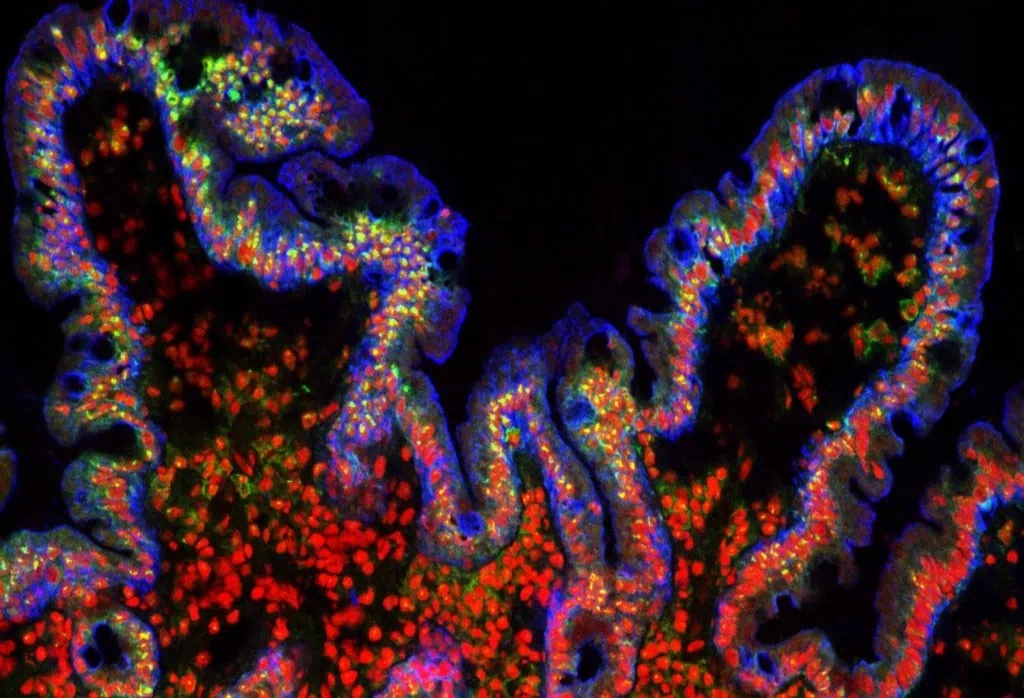
Gut-on-a-chip pack
Intestinal cells coculture under flow, mimicking the gut physiology
✓ All microfluidic pieces included, quick and easy assembly
✓ Dynamic culture conditions
✓ Advanced in viro/ex vivo
Gut-on-chip

Inflammatory bowel disease model
Automatically collect important markers of IBD in a relevant in vitro model
✓ Uncover cytokine profile changes in time
✓ Mimic pathological conditions of IBD
✓ Tailor sample volume to your analysis

Blood-brain Barrier on Chip
Plug-and-play instrument pack for long term BBB on a chip study
✓ Relevant microenvironment
✓ Automatized organ-on-chip perfusion
✓ Plug-and-play microfluidic platform
Blood-brain Barrier on Chip
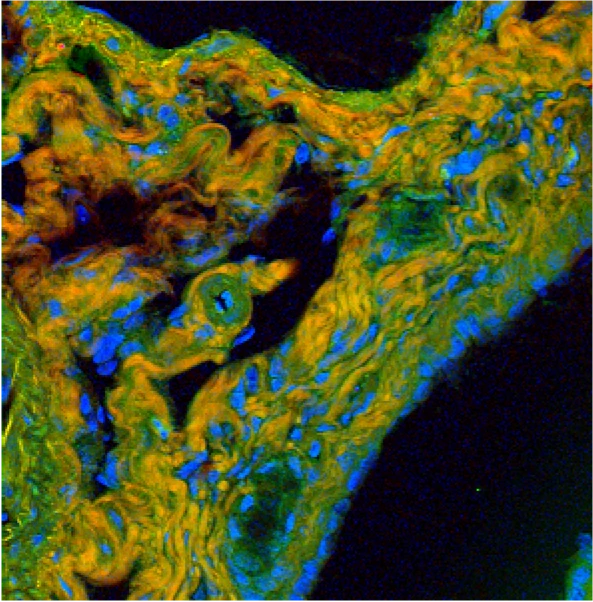
Liver-on-a-chip model
Mimic the liver microenvironment in long term experiments
✓ Improve your reproducibility with physiological culturing conditions
✓ Automated and controlled supply of nutrients in a stable flow
✓ Test different conditions at the same time
Liver-on-chip
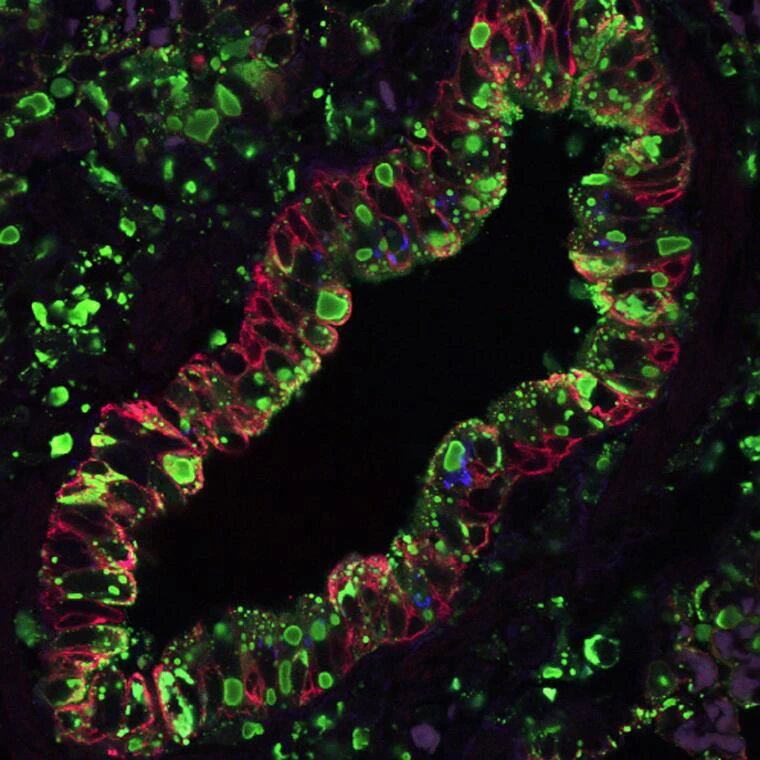
Lung-on-a-chip model pack
Perform lung research in a physiologically relevant microenvironment
✓ Culture your lung cells in a physiological air-liquid interface
✓ Continuous and controlled supply of nutrients in a stable flow
✓ Stop losing your cell experiment due to clogging
Lung-on-a-chip
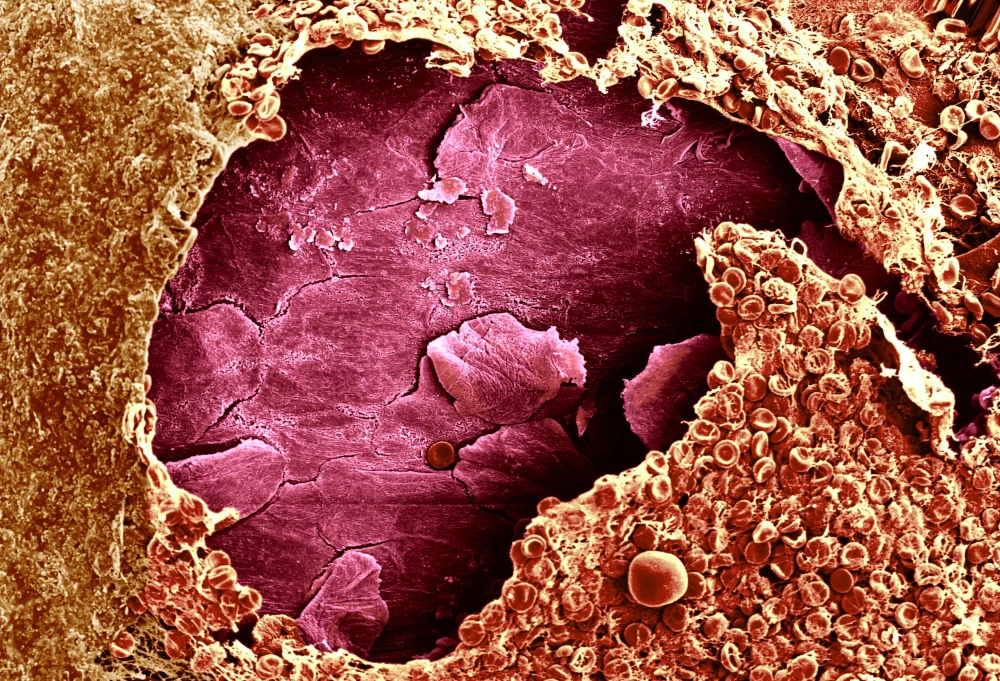
Skin-on-a-chip
Reproduce the dynamic extracellular environment of the skin with ease
✓ Compatible with air-liquid interfaces
✓ Compatible with teer measurements
✓ Compatible with live cell imaging
Skin-on-a-chip
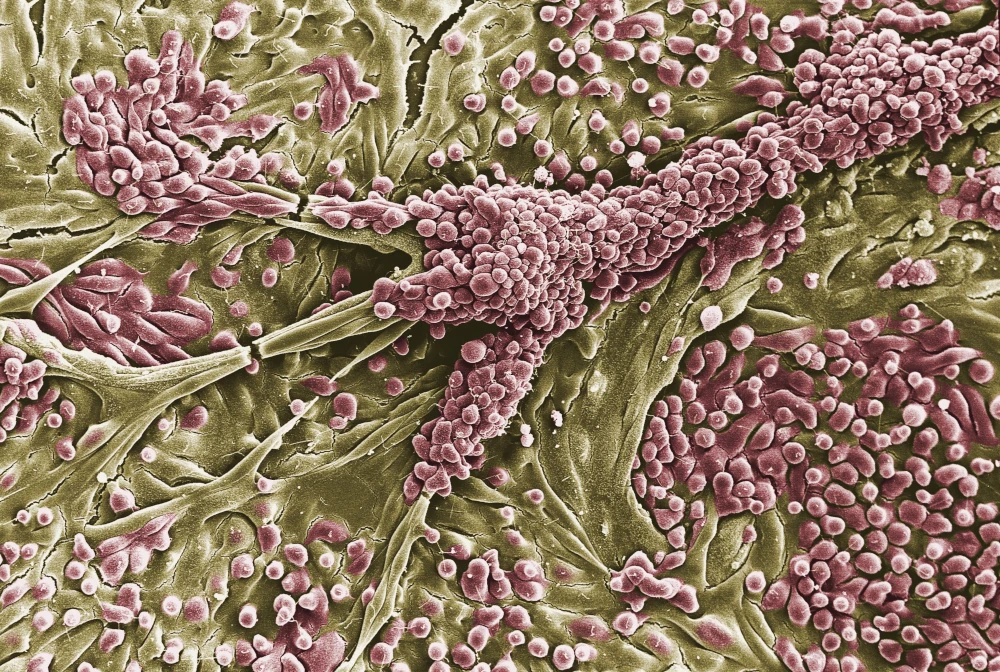
Kidney-on-a-chip
Physiological microenvironment for a more realistic in vitro kidney model
✓ Physiological flow rates
✓ Use the chip of your preference
✓ Enrich the media with metabolites
Kidney-on-a-chip
We have recently published a review of the different organ-on-a-chip models and current innovations.
References
1. Bahmaee H, Owen R, Boyle L, Perrault CM, Garcia-Granada AA, Reilly GC and Claeyssens F (2020) Design and Evaluation of an Osteogenesis-on-a-Chip Microfluidic Device Incorporating 3D Cell Culture. Front. Bioeng. Biotechnol. 8:557111. doi: 10.3389/fbioe.2020.557111
Customize your pack
Our packs are highly customizable, so you can use the extra flexibility to adapt them to your specific needs. Our microfluidic specialists will advise you on the best instruments and accessories depending on your needs and will accompany you during the setup of the microfluidic platform.
Frequently asked questions
Can I order a pack?
Since Packs are products that are still being developed, we have a few eligibility criteria to maximize their success rate. A discussion with our experts is needed to determine your specific needs to offer you a personalized response.
Is the setup sterilizable?
Yes, we have developed a simple protocol for sterilization and cleaning that is provided along with the user guide.
Can a pack be customized based on my specific application?
Yes! Our experts will establish which instruments are best suited for your application, such as the type of flow sensor or the number of flow controller channels you need to perform your experiment. Contact us using the “talk to our experts” green button above.
Can I buy individual instruments?
Our instruments are in beta testing phase and can be tested as a pack or individually, so get in contact with our team to know how our beta testing program works.



